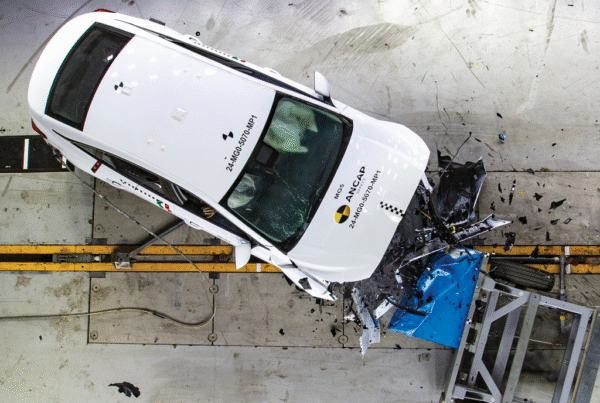Whether it be gross axle load rating, payload or tare or kerb weight, it’s clear that there are many vehicle and trailer weight terms out there. But more often than not the industry jargon can actually distract drivers from the seriousness nature of towing and loading their vehicles safely.
The team at Pedders has kindly produced a resource that will come in handy for those unsure how to tow and/or load in a safe manner. With the trend towards lighter and smaller cars it’s extremely important for drivers to be aware of the weight restrictions and to make sure that vehicles are compliant with safety recommendations.
The effects of additional weight can significantly impact on a vehicle’s driveability in six ways:
- Chassis Dynamics: The Pitch, Roll and Yaw (The front to back, side to side and rotational motion) of the vehicle body over the wheels and in particular the reaction of these movements to driver input. Increased weight changes the speed and magnitude of these movements and creates a greater disconnect between driver input and vehicle response.
- Suspension Travel: The available upward (compression or bump) and downward (rebound) range of movement within the vehicle’s suspension system. Increased weight (typically seen with rear sagging caused by heavy loads) decreases the available compression travel for normal suspension operation thus increasing the frequency and severity of contact with the bump stops. This causes harsh ride characteristics, ineffective suspension control and increased risk of premature wear and tear on steering and suspension components.
- Braking Efficiency and Distance: Increased Total Weight creates a magnification of energy and force onto the vehicles braking system which in turn generates increased heat and stress. Increasing total Weight and/or Inconsistent Vehicle Loading has a significant impact on brake performance, braking longevity and most importantly braking distance.
- Tyre Contact and Steering Effectiveness: Towing and other increased rear end loads cause longitudinal weight transfer which reduces weight over the front axle. The result of this is reduced front tyre contact and grip with the road reducing the responsiveness of steering and braking to driver inputs and more specifically allowing the front of the vehicle to wander or float.
- Wheel Alignment: This is the correct angle of a vehicles tyres to maximise tyre contact under normal driving conditions. Increased weight causing changes in suspension travel and geometry, which affects the angle of the wheel resulting in the reduction of tyre contact with the road and increased tyre wear. Incorrect Wheel Alignment and Tyre Contact affects all facets of vehicle performance, most importantly safety through diminished steering responsiveness and braking efficiency.
- Legal Compliance: Every vehicle must operate within the weights tolerance specified by the original manufacturer. Failure to adhere to this deems the vehicle unroadworthy. And has other potential consequences including OH+S and insurance compliance issues.
Pedders is a proud Corporate Partner of the Australasian Fleet Management Association. For more details on the effects of vehicle weight, click here



















